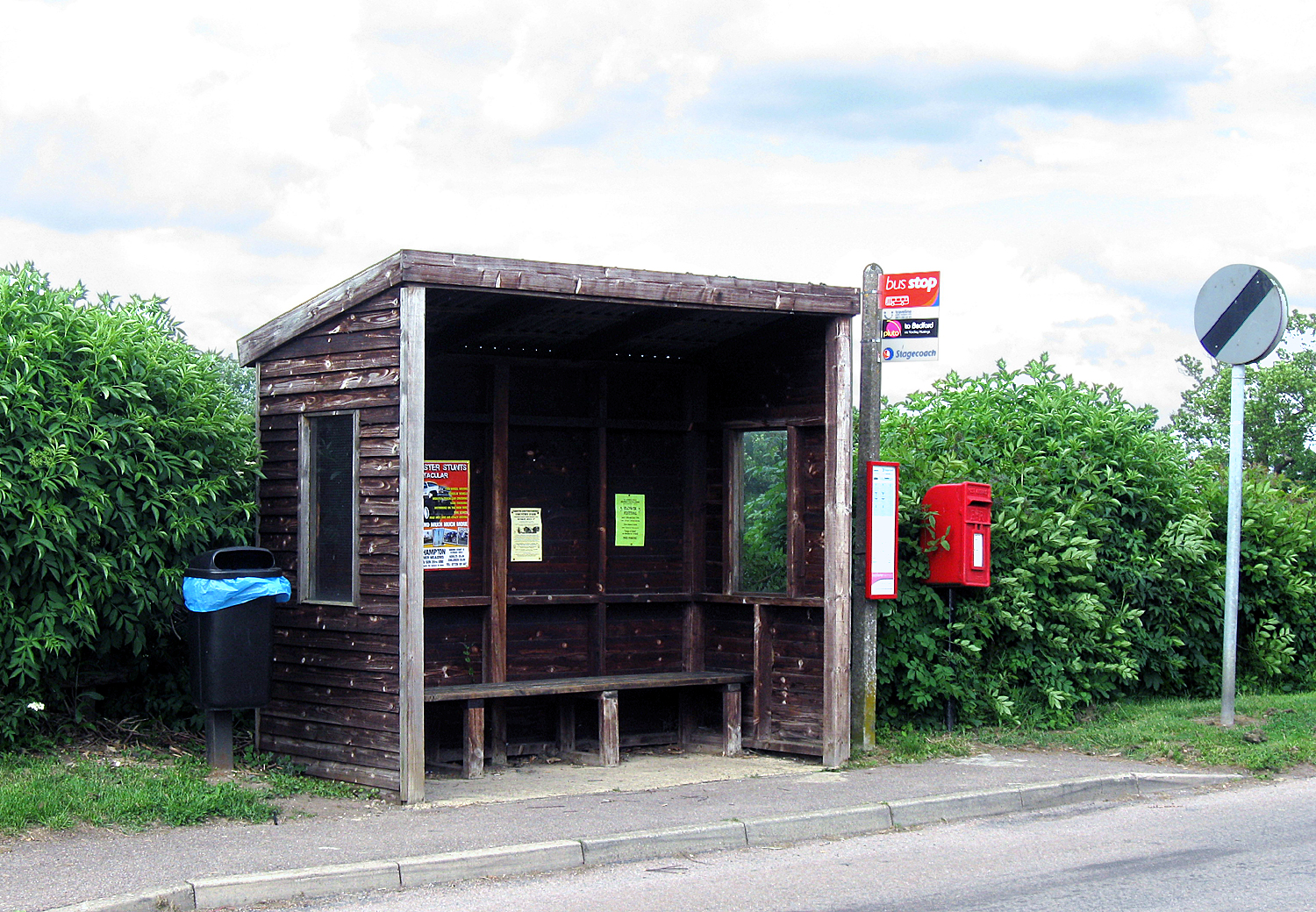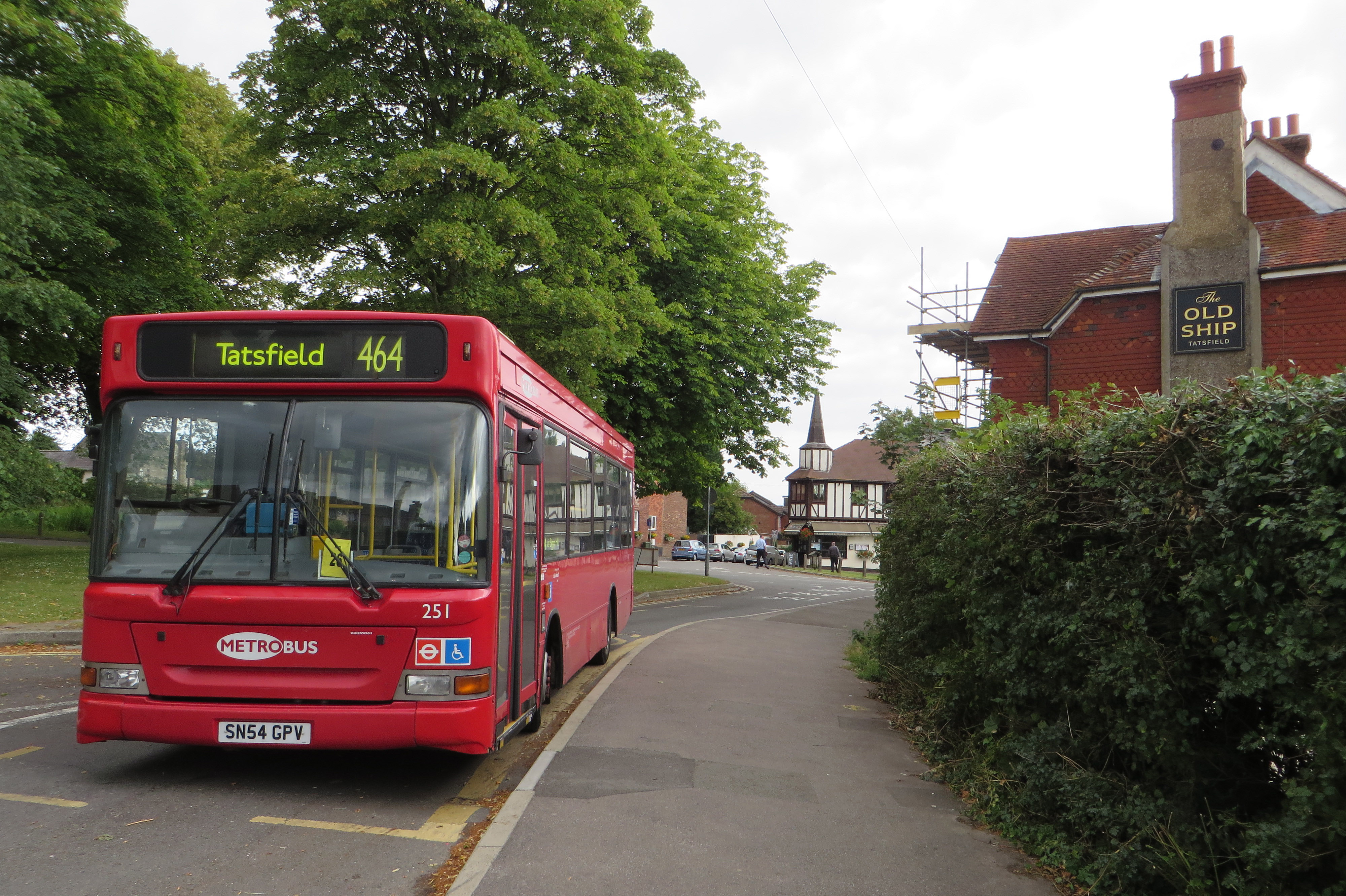By Rebecca Jackson
For many people the buses which run through rural towns and villages in the UK are a lifeline. However, with councils under increasing pressure to reduce costs and deal with significant budget cuts, some communities are being cut off by the loss of local services. A cycle of low passenger numbers, rising costs of running services and a reduction in the frequency of services is hitting rural communities the hardest.

Image by Harry Pope via Creative Commons
Community-wide impact
Often, when rural buses are discussed, it is their role in enabling elderly people to remain active and involved in community life that is emphasised. However, younger people within rural communities are also increasingly feeling the impacts of cuts to services. Such restrictions can influence their social life and can limit their opportunities to find employment.
According to statistics, two-thirds of job-seekers in the UK have no access to a vehicle or cannot drive, meaning that they are reliant on public transport not only to find work but then to travel to and from work each day. But rising costs are putting some off even finding work in the first instance; and with some modern apprenticeships paying less than £130 a week, and the cost of transport being as much as £100 a week, it is not surprising to see why some don’t think it’s worth it.

Image by Diamond Geezer via Creative Commons
Practical solutions
Councils and members of the public will have to come to terms with the fact that there is just less to spend, and transport, in many instances, is not top of the spending agenda (despite generating £5 for every £1 invested for local economies). This is particularly the case when up to 70% of the councils’ already-reduced budget is pre-allocated to fund statutory services. This means that councils and communities have to be smarter with how they spend their money and look at alternative methods to fund and run bus services within rural communities. Potential strategies which have been considered by local authorities already are:
- Focusing on key routes and securing funding for them
- Putting routes out to tender for private firms to run (although they tend to only take on the most profitable routes, leaving people even more isolated – of the 56 million miles which have been lost in rural bus services, only 13 million miles of that has subsequently been taken up and run by private bus companies)
- Increasing fares, which has its limitations due to the number of bus users who are exempt from paying fares through the use of a concessions card.
- Providing an on demand mini bus service which only runs and stops when required
- Promoting or supporting the creation of a community bus service
Digital solutions
In addition to this, despite funding difficulties, advances in digital transportation technology are making rural routes more and more accessible and cheaper to run in the long term. The proposed roll out of contactless technology by 2020, described by the Transport Secretary as the “smart ticketing revolution”, is helping to build a modern, affordable transport network that provides better, more cost efficient journeys for bus users. It is possible that this can be used in rural areas to promote the remaining bus services, and increase their accessibility to all users. The long term savings made by going “contactless” could then be reinvested into routes.
Real-time passenger information provided by companies like Cloud Amber can be another particularly effective solution for increasing passenger usage in rural areas where buses are less frequent. This increases passenger confidence that a bus is on its way and therefore use increases, leading to a more robust service requiring fewer subsidies.
There is a recognition that bus services in rural communities can have a positive environmental and economic impact. Effective saving without cutting services may be possible, whether that is through: long term strategic or community based planning; flexible services, able to integrate digital technology to drive passenger use; or the development of services and routes which are robust enough to run on reduced funding.
Final thoughts
The effect of transport cuts on rural communities shows us that transport is about more than vehicles and logistics; it is about connections: allowing people to form and maintain them; allowing communities to be sustainable and to grow; giving young people the chance to maximize potential; enabling older people to remain engaged and active, with a reduced risk of social isolation. Potential solutions are available and councils now faced with reduced funding will have to consider the best of these options for their local areas.
Read our other recent blogs on transport:
- A tale of five cities: night time transport infrastructure in global cities
- How data and smart city infrastructure can support transport planning
- Why the future of public transport has to be green
- Sustainable Transport Briefing
Follow us on Twitter to see what developments in public and social policy are interesting our research team.
Cloud Amber is a member of the Idox group of companies. Its smart solutions enable traffic managers to model, monitor and control the environmental effects of travel as well as reducing congestion to maximise the use of a limited road network.
Share
Related Posts
With information now so accessible, it’s easy to assume that whenever you have a question you can simply tap it into a search engine. But, while the internet and digital search tools are undoubtedly useful for checking basic facts, when ....
By Ian Babelon A new-old concept for proximity “Are we there yet?” Parents may patiently nod to their children’s insistent nudges on a 20-minute journey to… somewhere. Quite rightly, researchers have asked: twenty minutes to what? The answer may well ....
By Hannah Brunton UNESCO’s Global Media and Information Literacy Week 2022 takes place from 24-31 October 2022 under the theme of “Nurturing Trust”, giving governments, educators, information professionals, and media professionals the chance to discuss and reflect on critical issues ....
The World Health Organisation (WHO) has estimated that over 1 billion people are living with some form of disability worldwide – that’s about 15% of the world’s total population. And, with trends in life expectancy and the prevalence of chronic ....
